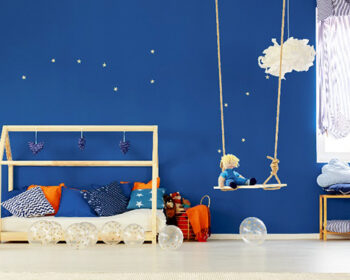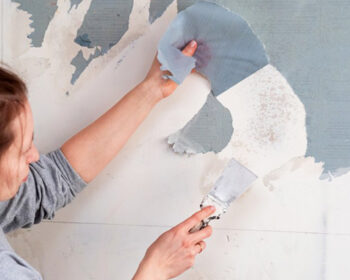
Not a Fan of Multiple Colors House? Here are 5 Reasons Whole House Color Schemes Will Suit You
We understand that developing whole home color schemes may appear overwhelming – it may be difficult enough to choose a color scheme for a single room, but deciding on one for the entire house requires much thinking and dedication.
Why would you want a color design for your entire home? There are so many reasons – not least of which is that it’s something interior and exterior painters routinely do to create a fabulously cohesive feel. And, after you’ve decided on your core colors, the color scheming will be a delight. All you need is three preferred colors and a basic grasp of how different hues interact. We’ll teach you how in this article.
Whole House Color Schemes Provide Sense of Continuity And Flow
One of the most essential components of a whole-house colour theme is that it flows and is pleasing to the eye. In a house, both diversity and continuity are vital, but there is a thin line to walk. While it is vital for each area to have its own personality, it is equally critical that spaces should not clash. Arrivals that are unexpected might produce a sense of confusion and uneasiness.
On the same note, a room with the same color scheme may be very boring. The trick is to design spaces that may be used for a variety of purposes. This is a fantastic approach to build designs; a theater or bar can be more fun than a kitchen or bedroom, but colors can be carried over softly to avoid any unexpected surprises.
Whole House Color Schemes Are Perfect For Blending Open-Plan Layouts
When it comes to whole-house color schemes, one option is to keep the downstairs color palette consistent and then change it up upstairs. For example, a lovely taupe color with sky blue highlights in the living and dining spaces, with sky blue as the primary shade and taupe as the secondary color in the landing and bedrooms.
It Can Be Easily Adjusted to Suit the Mood of One Room
A color palette for your entire home doesn’t have to be restrictive; in fact, after you’ve decided on your core colors, it may be very flexible. You don’t have to keep to the standard color schemes of “complementary” and “harmonious” – you may mix it up.
For example, you plan to pain your living room with predominant color of inky blue, which was chosen to create a gloomy atmosphere. Then you can use jade green as complimentary color to coordinate the rug, lamp, pillows, and vases. And you might add coral or light orange cushion and blanket provide drama with their contrasted colors.
Neutrals Will Create A Calm Whole House Color Scheme
Not a fan of color? That’s OK. Make a soothing palette out of three neutrals, including greige (grey/beige). The reason we propose three colors is that having too many options may be overwhelming.
These neutral hues are easy on the eyes and ideal for brightening up a kitchen that doesn’t get a lot of natural light. They also provide a classic and sophisticated aesthetic. Choose a mid-toned grey if you want to add some depth; it’s a flexible colour that can be carried over into other rooms, even if it’s just a grey sofa in the living room.
Integrate Forgotten Are with Whole House Color Scheme
We often neglect the most used areas – the entryway, the hallways and landings – but this is where entire house color designing comes into play. This style relies heavily on connecting rooms, and you can see how well it works here — the hallway paint color is also utilized in the living room and beyond.





